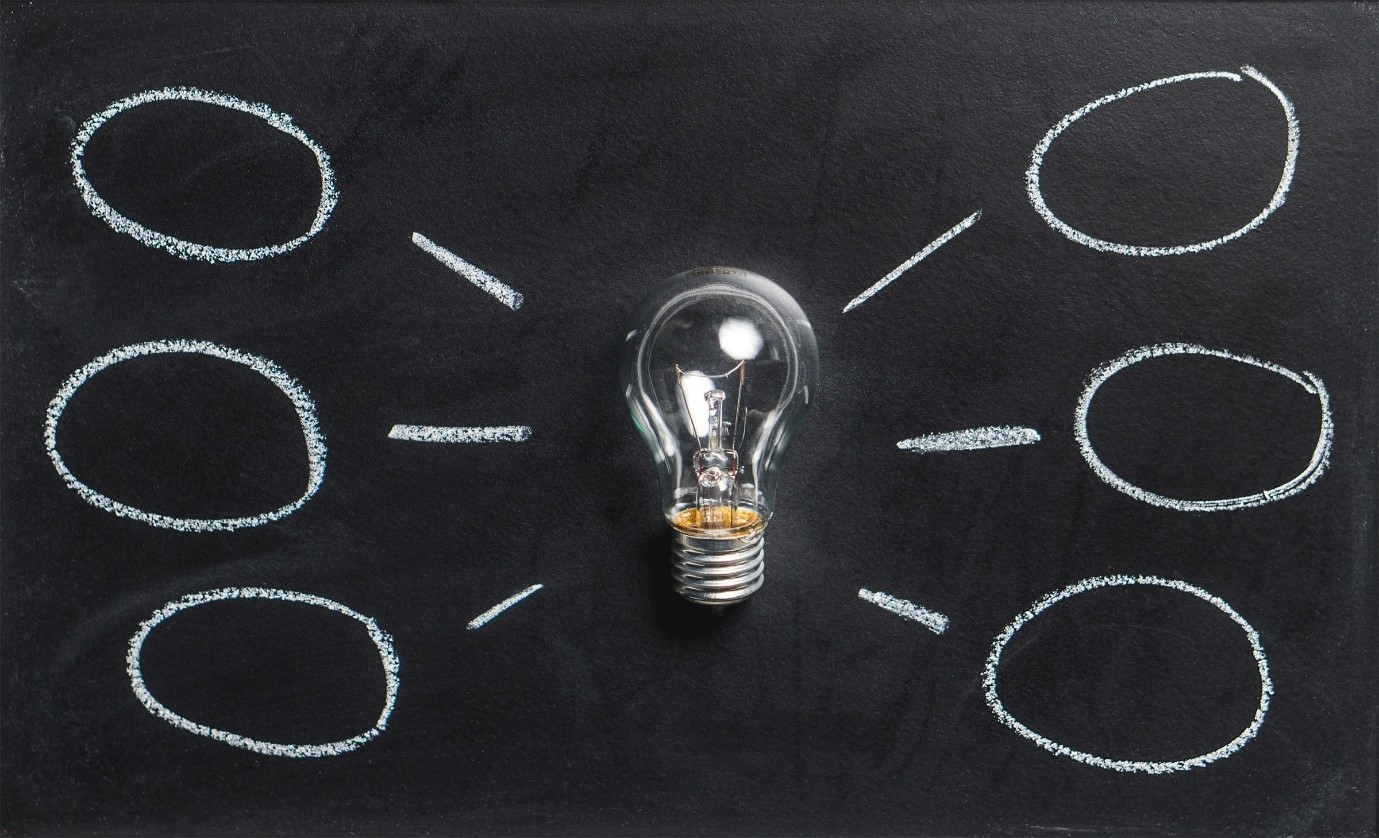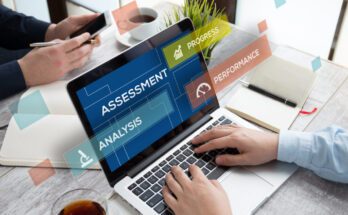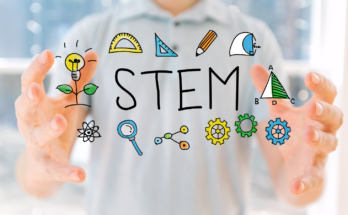Education is a process that needs to update regularly to keep up with the latest developments and research. This update also applies to the teaching and assessment methods. Human beings evolve with time, and to effectively educate the students of the current time, older methods might not be efficient.
Evaluating the educational effectiveness consists of two steps. Assessing student learning is one step. It is also the easier of the two because it can be conducted in real-time more efficiently and quickly than assessing the curriculum. Curriculum effectiveness is also vital due to the immense research being published daily and the educational research volume being multiplied. With learning assessment, it becomes necessary to also evaluate the curriculum to ensure that it is relevant to the latest data and publications.
There are multiple ways the education system can be improved. Institutes now offer various courses in educational administration, ranging from administrative tasks to curriculum development and analysis. They can be very helpful in developing think tanks that can analyze and improve the learning mechanisms and curriculum efficiency. Educational leadership courses are one of the most effective methods to improve your own skills and expertise that can further help the educational system as you learn to implement reforms in both learning assessment and curriculum effectiveness.
This article will explain a few methods which can be used to effectively improve student learning and curriculum effectiveness.
Student Learning Assessment
Student learning is an easy to implement and effective method to ensure that the learning process is smooth and the educational objectives are being fulfilled. It is essential because if the learning process is not done correctly, it will waste resources and potential manpower.
Some methods to effectively gauge student learning are as follows.
1. Summative Learning Assessment
Summative learning assessment includes either open or closed-ended tasks that can be conducted on an individual or group basis to judge the learning progress of students.
1.1. Projects
Projects are a form of assignment, but they differ in the working such that they are more practically oriented and are more open-ended compared to assignments. Assignments need just literature review and theoretical work to accomplish the task. Projects involve some practical work to complete the task, especially in the lab subjects. They are generally done in groups and are very effective in teaching teamwork and developing leadership skills in students.
1.2. Presentation
Presentation is favorable in assessing the learning capability of students. It involves several factors which help assess the students. First, the students need to do extensive research and develop their ideas and thoughts into a presentable form. The idea is then presented to their colleagues and superiors and they defend their work. It gauges their conceptual, presentation skills, and understanding of their idea.
1.3. Examinations
Exams are the highest difficulty assessment methods. They are conducted after a learning year or semester and include everything taught during the session. They assess the student’s capability to recall and implement their learning in a single assessment based on important factors like time management, retention and response time. Grooming aspects like honesty and integrity are also assessed.
2. Curriculum Effectiveness
Student learning is a good parameter to effectively gauge the educational level. However, the curriculum also needs to be critically analyzed and improved to keep up with the educational level.
Some of the methods to analyze the effectiveness of curriculum are:
2.1. Curriculum Objectives
The first step in assessing a curriculum is defining the objective. Every curriculum has an objective, and it needs to be verified with the curriculum contents and the teaching method. If the curriculum does not meet its objective, it will not be effective in delivering the education level expected from it.
2.2. Critical Thinking
In the 21st century especially, the crucial requirement of the education system is to enable the students to learn, comprehend, and develop their ideas and opinions. If a curriculum does not contain practical or open-ended knowledge which students can use as a foundation to develop their opinions, it needs to be improved.
2.3. Standardized Curriculum
We live in a digital world and everything has a standard. There are researches related to curriculums and their effectiveness. An easy and effective way to assess the curriculum is to determine standards according to the research level, and check the curriculum against them.
Some factors that are important in standardization can be
- Variable difficulty level: The difficulty level should be linear and relevant.
- Theoretical to Practical knowledge ratio: There must be adequate practical work involved
- Latest Developments: The latest research and knowledge should be incorporated
2.4. Frameworks
There are several proven models and frameworks available which can be used to evaluate and assess the curriculum. One such model is the Kirkpatrick Model. It is a globally verified model and assesses the learning programs using four levels.
Level 1: Reaction
This is the first level. After-training surveys are used to measure the learners’ reactions towards the specific program and their experience. It is useful in measuring the program’s appeal by focusing on the learner’s takeaways.
Level 2: Learning
This level focuses on the program’s intended knowledge and skills. Formal, informal, and post-learning assessments are utilized to assess the learning levels of the students after the program. A well-defined and clear scoring process is designed to get the best results.
Level 3: Behavior
The best learning indicator is a change in behavior after the program is complete. Effective learning will result in a positive change in the students’ behavior, and by assessing the behavior, the effectiveness of the curriculum can be checked.
Level 4: Results
This level measures the results of the three levels against the program KPIs established before the start of the program, and based on the performance, the relevant changes are made.
Summary
We have discussed various methods that can effectively analyze the educational level by focusing on students’ learning and the curriculum. It is important to regularly analyze the curriculum efficiency with the educational level and improve where necessary. Standardizing curriculums and implementing different curriculum assessment models are two of the most effective methods to see the curriculum’s impact. In this article, only the Kirkpatrick model was discussed. Other models with different techniques can also efficiently analyze different curriculums, which we’ll discuss in the future.





